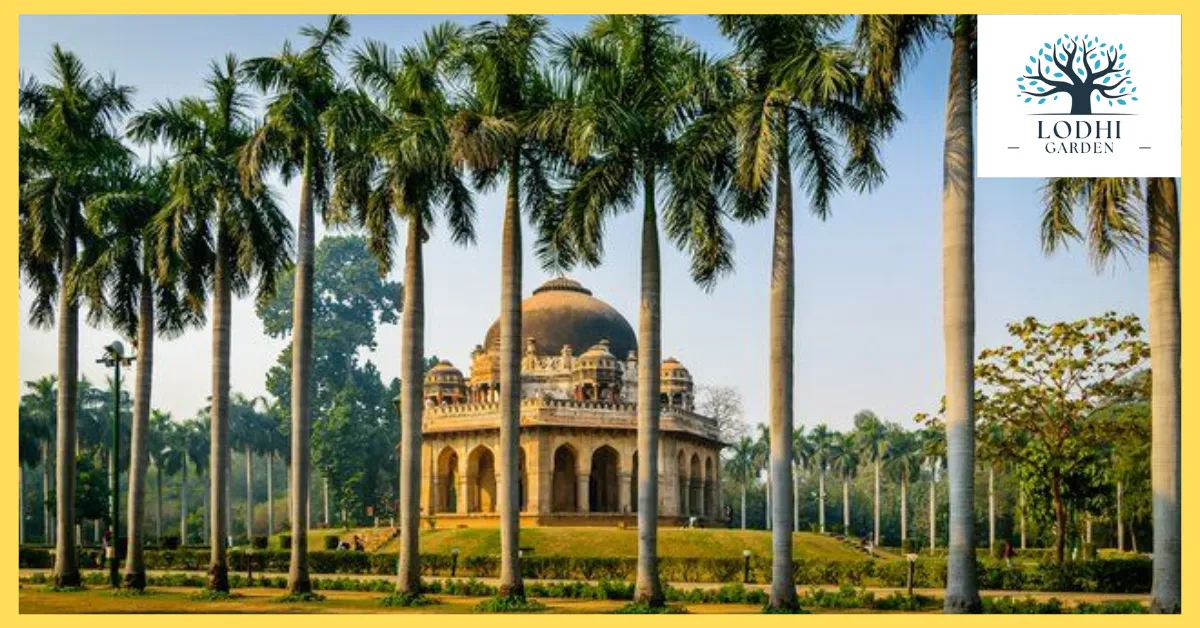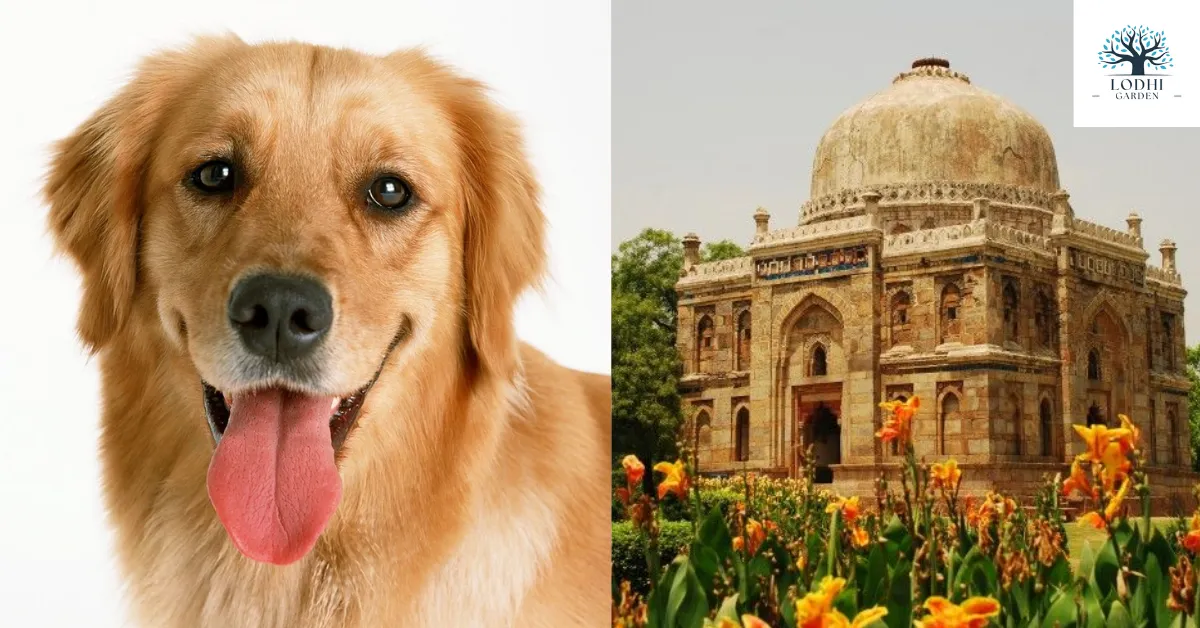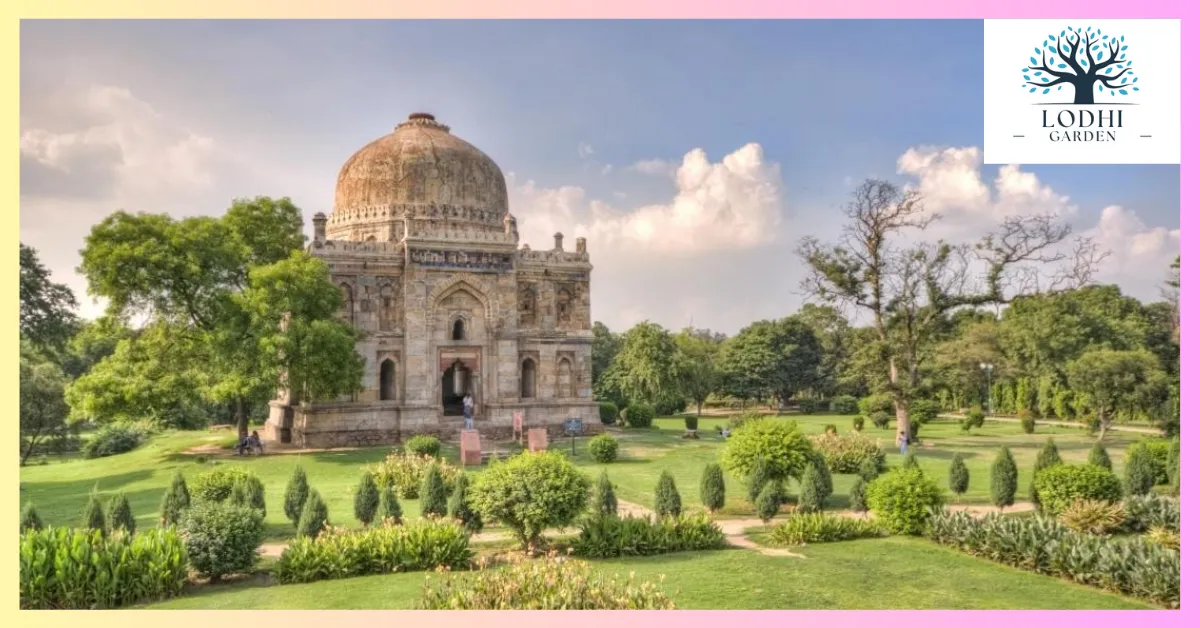Located deep in the heart of Delhi, Lodhi Garden is one of those retreats loved by the tourist, local, history enthusiast, as well as walkers and morning strutters alike. This place prompts many often casually thought-about questions, including the intriguing question about its builder. So let’s dive into the history, architecture, and legacy attached to this beautiful garden. Who knew gardens could have such intriguing tales?
The Origins of Lodhi Garden
Lodhi Garden was once the final resting ground for members of the Lodhi and Sayyid dynasties. In the 15th and 16th century, Delhi was infamous for changes in dynasties. The Lodhis were one of the last remaining dynasties before Mughal, which built some important structures here.
But Lodhi Garden, as we know it today, was hardly this pretty during their time. Then, it was almost a series of tombs under overgrown foliage.
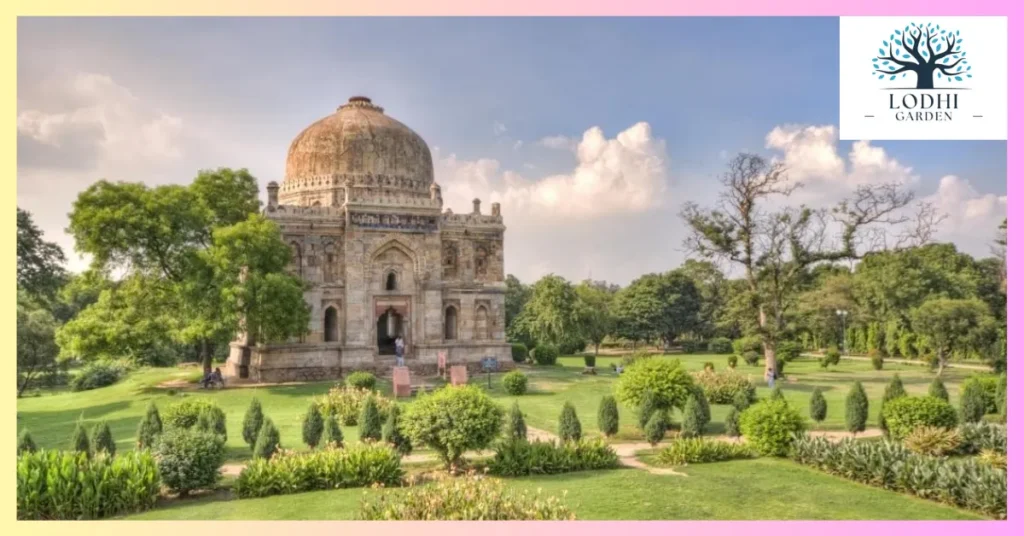
Who Built Lodhi Garden?
Now, answering the million-rupee question of who really built Lodhi Garden? Well it’s a blend of both dynastic and colonial contributions. Let’s break it down:
A Tale of Two Dynasties: The Sayyids and the Lodhis The first structures of the garden were constructed by the Sayyid Dynasty (1414-1451), followed by a stretch under the Lodhi Dynasty (1451-1526). So technically, they laid the groundwork-literally and metaphorically. Here’s the quickie:
| Dynasty | Contribution | Years |
|---|---|---|
| Sayyid Dynasty | Tomb of Muhammad Shah | 1444 |
| Lodhi Dynasty | Tombs of Sikandar Lodhi | Early 16th century |
| Lodhi Dynasty | Sheesh Gumbad, Bara Gumbad | Early 16th century |
Fast Forward to the British Era
In 1936, Lady Willingdon, wife of the then Viceroy of India, felt that the tombs required a better ambience—something that would not look like a forgotten jungle. She commissioned the garden, and thus was born “Lady Willingdon Park,” a tribute to British landscaping style.
The garden was renamed “Lodhi Garden” after independence in 1947 in recognition of India’s heritage.
In short:
- Sayyids and Lodhis built the tombs.
- The British built the garden.
Major Structures in Lodhi Garden
Lodhi Garden isn’t just a green patch in the city; it’s a historical treasure trove. Here are some must-see structures and their background:
1. Bara Gumbad
- Date Built: 1490
- Fun Fact: Despite its name, “Bara” meaning big, it’s not a tomb! It’s actually a large gateway.
2. Sheesh Gumbad
- Date Built: Late 15th century
- What’s Inside: Remains of unknown Lodhi royalty or noblemen.
3. Tomb of Muhammad Shah
- Date Built: 1444
- Architecture Style: Octagonal shape, characteristic of the Sayyid period.
4. Tomb of Sikandar Lodhi
- Date Built: Early 16th century
- Specialty: It’s got an elaborate garden around it, representing early Mughal influence.
| Structure | Built By | Date | Description |
|---|---|---|---|
| Bara Gumbad | Lodhi Dynasty | 1490 | Gateway, not a tomb, despite looking like one |
| Sheesh Gumbad | Lodhi Dynasty | Late 15th century | Contains unmarked graves |
| Tomb of Muhammad Shah | Sayyid Dynasty | 1444 | Octagonal tomb, a Sayyid-style structure |
| Tomb of Sikandar Lodhi | Lodhi Dynasty | Early 16th century | Surrounded by a garden, hints of Mughal landscaping |
Architectural Features
The architecture of this garden is a mix of early Islamic, Indo-Islamic, and a little touch of Mughal. These structures have a sort of gravity with thick stone walls, arched doorways, and domes.
Two notable tombs exist, with the difference that one is that of Muhammad Shah, octagonal; and the other is of Sikandar Lodhi, with a more elaborate garden around it-a foreshadowing of mausoleums during Mughal rule.
Also See: Are Dogs Allowed in Lodhi Garden? (Dog Lovers must read)
Conservation Efforts
The Archaeological Survey of India works tirelessly to preserve these monuments. Recent years have seen:
- Careful restoration of damaged structures
- Installation of informative plaques
- Implementation of rainwater harvesting
- Development of butterfly zones
The Modern Transformation
After India gained independence, the garden was renamed Lodhi Garden. The Archaeological Survey of India took charge of maintaining the historical monuments, while the horticulture department manages the greenery.
Today’s Lodhi Garden features:
- Mohammed Shah’s Tomb
- Sikander Lodhi’s Tomb
- Shish Gumbad
- Bara Gumbad
- A glass house
- Several bridges
- Lake with ducks and fish
Lodhi Garden in the Modern Times
Today, Lodhi Garden serves as more than just a historical site; it’s a living part of Delhi. You’ll find early risers jogging past tombs, couples on benches enjoying the scenic views, and tourists snapping photos with these ancient structures. It’s a perfect mix of history and modern leisure, truly embodying Delhi’s vibe.
After all, as ancient tombs, they’ve probably taken more selfies than even the most photo-hungry celebrities. A funny piece?.
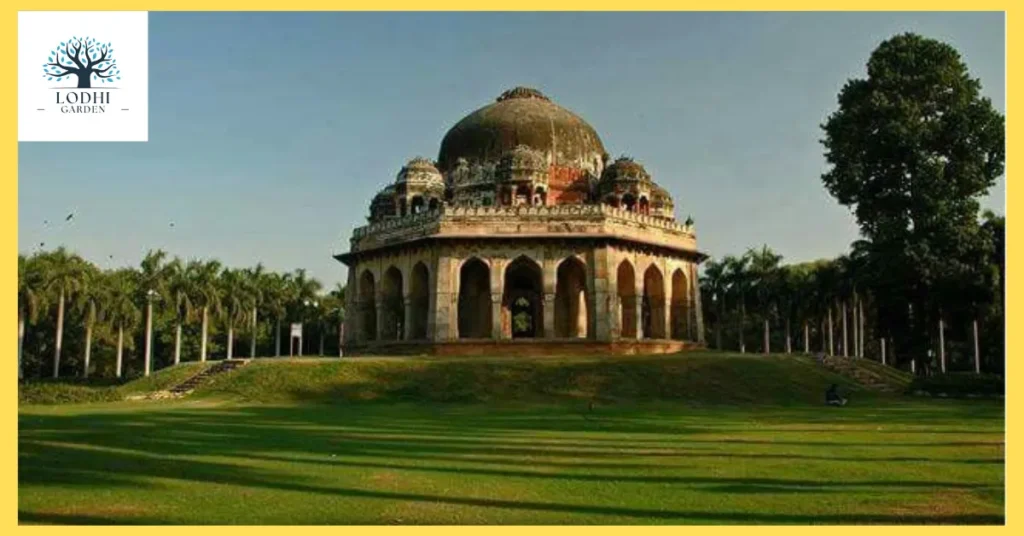
Frequently Asked Questions (FAQs)
Q1. Whose garden was Lodhi built?
The tombs were developed by the Sayyid and Lodhi dynasties, while the garden was developed during British rule in 1936.
Q2. Why was Lodhi Garden made?
Lady Willingdon wanted the beautification of the place around this historical tomb; therefore the garden was conceived to decorate this place as well for creating a soothing atmosphere alongside architectural marvels.
Q3 What is the oldest monument available in Lodhi Garden?
The oldest structure is the Tomb of Muhammad Shah, built by the Sayyid dynasty in 1444.
Q4. Why was it re-named Lodhi Garden?
After the country had gained independence, it was renamed Lodhi Garden to commemorate Indian dynasties that built the tombs inside.
Q5. Is an entrance fee charged at Lodhi Garden?
No, Lodhi Garden is free to enter as well, and it might be one of the cheapest places in Delhi.
Tips for Visitors
To have the best time at Lodhi Garden:
- Come early to avoid crowds
- Wear shoes good for walking
- Bring water to drink
- Bring a camera for pictures
- Be careful around the old buildings
A Special Place
What makes Lodhi Garden really cool is how it mixes old things with new things. Where else can you see people jogging past buildings that are 500 years old, or kids playing near ancient water channels? It’s both a protected old place and a fun park for everyone.
Looking Forward
While keeping all its old charm, Lodhi Garden keeps getting better. New things include:
- Lights that use sun power
- A special house for butterflies
- New ways to water plants
- Fun learning programs for school kids
The garden shows us how Delhi keeps its old stories while making sure there are green spaces in the big city. Whether you love history, nature, or just want some quiet time away from the noisy city, Lodhi Garden is waiting for you with lots of fun things to see and do.
Remember, when you walk in Lodhi Garden, you’re not just walking in a park – you’re walking through time, where every stone has an interesting story and every path leads to something new and exciting to discover.
Read Also: Lodhi Garden Ticket Price: A Complete Guide for 2024
Conclusion
End So, while “Who built Lodhi Garden?” sounds like a pretty straightforward question, it is a mix of ancient dynasties and British influence. Today, it is the space that houses tombs that are centuries old and trees that probably have witnessed more history than we can imagine. If you are a history enthusiast, a nature lover, or simply looking for a good spot to have a picnic, then Lodhi Garden is worth visiting. Plus, where else in Delhi can you jog by a tomb and think, “Wow, this is way older than my great-grandfather”?
